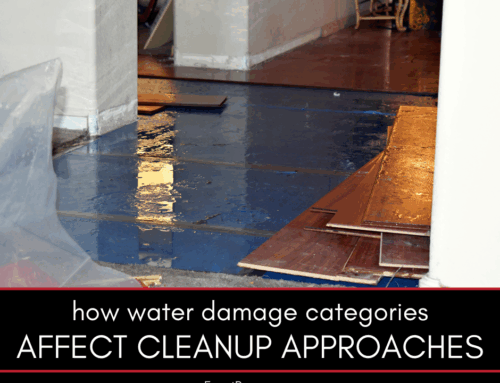A flood factor is an indicator of the risk that a property will flood within a given year, and the estimated depth of the flood. It gages the 30-year risk of flooding from rainfall, overflowing bodies of water like rivers and streams, and high tides and storm surge. The flood factor measurement system ranges from 1 to 10—properties that have higher flood factors have a greater likelihood of flooding, experiencing high floods, or both.
Many Americans aren’t prepared for severe weather events like floods. In fact, according to a Harris Poll taken in May 2021, only 15 percent of the country had a disaster plan to protect their homes and finances. Here’s more of what you need to know about flood factors, and how you can protect your home against a flood.
Flood Factor Scoring
A home has a flood factor of 2 or higher if it has at least a 6 percent risk of flooding over a 30-year mortgage period.
A property has a flood factor of 4 or higher if it has a minimum of a 26 percent chance of flooding over the course of 30 years.
Homes with a flood factor of 5 or higher have at the least an 80 percent risk of flooding over a 30-year interval.
Properties have a flood factor of 6 or higher if they have at least a 99 percent risk of flooding over the course of 30 years.
Protecting Your Home Against a Flood
Flooding can damage the infrastructure of your home if its systems are located on the interior or exterior basement or ground levels, like your HVAC. But you can actually raise these systems above flood levels to help avoid damage.
Infrastructure like furnaces, hot water heaters, propane tanks, and heat pumps are typically situated on the floor inside of homes and can be raised above flood levels simply by placing the equipment on a concrete or masonry block platform. (If your system is located in a basement and is several feet below flood levels, however, you may not have enough room to place it on a platform that’s above flood level).
Equipment that’s located outside of your home, like your AC unit, can be placed on an elevated platform that’s attached to the side of your residence, or on elevated platforms depending on the location of the equipment and flood level.
To know how high your equipment should be raised refer to your home’s base flood elevation, or BFE, which can be found by searching the FEMA flood insurance rating map, or FIRM, of your particular county. Sometimes simply raising your equipment 1 or 2 feet above the BFE can sufficiently safeguard your systems against a high flood event.
Do You Need a Disaster Remediation Expert in Washtenaw County or Jackson County?
If your home has already been damaged, we can help. Check out our services and call Exact Recon for your free disaster remediation quote today. We offer:
- Water damage restoration
- Mold removal and remediation
- Fire and smoke restoration
- Sewer cleanup and disinfecting
- Reconstruction
- Wind and storm damage repair










